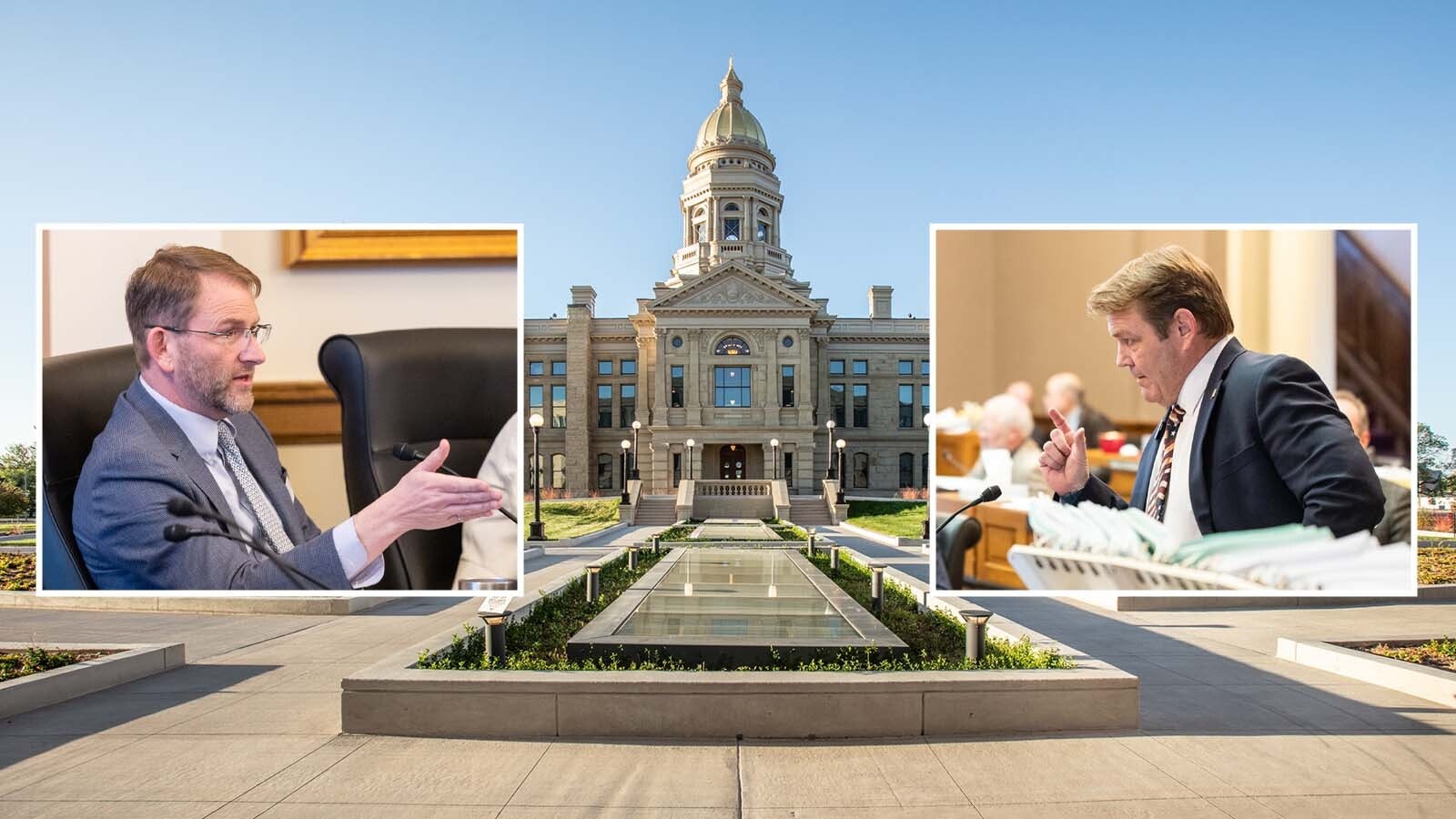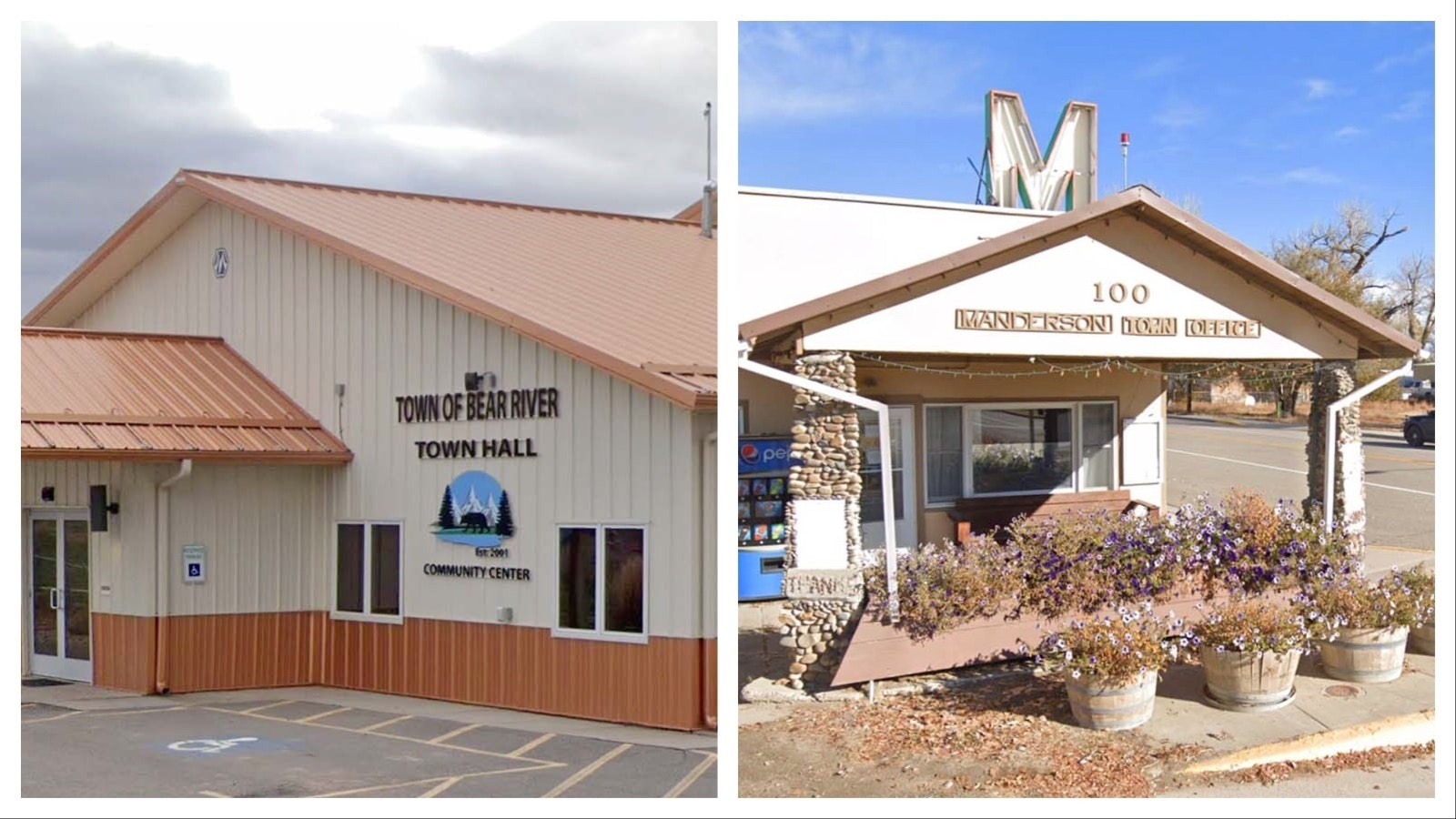By R. Ray Peterson, guest column for Cowboy State Daily
While serving in the Wyoming Senate, I had the privilege of serving on both the Appropriations Committee for six years and as chairman of the Senate Revenue Committee for six years. These two committees deal with the state budget through expenditures and revenues.
As I served, I was able to attend many state and regional meetings as well as review reports, and studies, all while having direct involvement in directing expenditures and revenue streams of our state. These experiences allowed me insights and knowledge concerning our states budget along with growing concerns of revenue streams and how we will meet the expectations of funding state and local governments into the future.
The most recent developments of our coal industry in Wyoming should be setting off alarms with every elected official and citizen in our state. Over the years, our state’s natural resources have subsidized a major portion of our taxes or revenue streams that we use to fund our schools and governments. Over half of all revenues used to meet these expenses come from our mineral extraction industry.
Learning from our history of our boom and bust cycles, our legislature has wisely put aside additional revenues from the high years to assist us during the low years. This philosophy has served us well for the past 50 years in providing a more consistent budget, but the times, “they are a changing.” The question now is, how long before our reserves are depleted? Will our natural resources come back as they have in the past to save us yet another time?
Wyoming, by our state’s constitution, must have a balanced budget. Some would argue that we do not deficit spend in Wyoming while others would argue that we use the reserves to balance the budget which is, in a sense, deficit spending. From my own simple understanding, when we spend more in a period than we take in, it is deficit spending.
Although our budget is balanced in the end, we are still spending more than we take in during our low years. Thanks to our cash reserves or “rainy day” funds and our investments, we seem to be holding our own while hoping that the revenue streams will return to higher levels.
Today’s challenges are different
But today’s challenges to the budget are different than our past experiences of our boom and bust cycles. Today, we face the strong possibility that coal will never come back to contribute to our revenues as it once did for our state. The market has changed. The demand has changed. Unlike natural gas and oil, coal was a more consistent contributor to our states revenues with even slight increases from year to year, as amounts extracted increased with what the market demanded.
But the demand for coal is decreasing for different reasons. Although Wyoming has stepped up to produce cleaner burning coal technology to protect our coal’s value, other factors have weighed in that have had a dramatic effect on the value of coal.
The war on coal was real and certainly had its effect. More power plants have converted from coal fired to natural gas fired power generation. But more importantly, consumer states of energy, such as California and others, have required energy supply companies to provide evidence that a majority of their power generation portfolio is derived from renewable sources such as hydro, wind and solar, or they will go elsewhere for their energy purchases. The market is changing and because of this, Wyoming should be prepared and adapt with those changes.
Action is required
There are two principles used when budgeting in a shortfall. Increase revenues or reduce expenditures. Wyoming has done both without raising taxes. And there are other good things the state has done and continues to do. As I mentioned, it participates with private energy corporations in developing clean coal technology as well as other cleaner burning fossil fuel efforts. It also participates in the effort to develop new markets for our coal. It has worked to create more transmission lines to deliver our natural gas and oil to market areas.
These are things our state has done to try and increase or stabilize our revenues by strengthening the current resources we have. The state has also used excess revenue of the good years to save and invest. These investments, at times, provide additional revenues that are used to fill the budget holes left from the decreasing value of our market driven resources. This effort combined with savings, have provided a long-needed stabilizing influence on our past boom and bust budget cycles.
Our challenge today
Our subsidy by mineral taxation has lightened the tax burden on Wyoming citizens over the years, but it has taken a hit, creating a shortfall. The savings and investment of those savings are currently filling the shortages, allowing our state and local leaders time to make adjustments to their budgets.
But reserves shrink and investments don’t always perform consistently. The investment portfolio that perhaps saved our budget the year before could generate nothing the following year. Trusting our trust funds is not the long-term solution to our shortfall problems.
Most will argue that we need to reduce our expenditures. I certainly agree with this position. As with our own home budgets, we make less, we should spend less. It should be no different with our state budget and over the last few years the state budget has been reduced in most areas. But these are all short-term solutions to our current situation.
What needs to be brought to the table are long-term solutions. The solutions need to address the real problem of an inconsistent revenue stream, where nearly 60 percent of current revenues collected are market driven or out of our own control. Wyoming needs to meet the challenge of reducing that market driven 60 percent, to 50 percent or even 40 percent of total revenue collected by the state.
Now the question should be; How do we do this?
It’s time
By applying the two principles of budgeting in a shortfall of raising revenue and reducing expenses, I’ll offer one revenue increasing idea and two reducing expenditures ideas.
A good start to the effort of stabilizing our revenue stream would be to pass a bill increasing the statewide lodging tax. This increase would have the lowest effect on our tax payers and would be consistent to what surrounding states charge.
For my ideas of reducing expenditures, I would suggest eliminating the $15 million annual automatic escalator for funding K-12 education. I would also zero base the Department of Education budget and the Department of Health budget every ten years in the appropriations committee. Stagger them to spread out the work load, but the two largest budgets in our state need more legislative scrutiny.
These actions would be a good start in stabilizing our budget in Wyoming.





